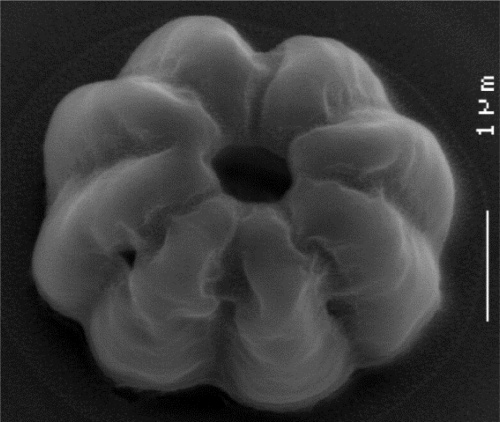Non-paraxial theories of wave propagation are essential to model the interaction of highly focused light with matter. Here we investigate the energy, momentum and propagation of the Laguerre-, Hermite- and Ince-Gaussian solutions (LG, HG, and IG) of the paraxial wave equation in an apertured non-paraxial regime. We investigate the far-field relationships between the LG, HG, and IG solutions and the vector spherical wave function (VSWF) solutions of the vector Helmholtz wave equation. We investigate the convergence of the VSWF and the various Gaussian solutions in the presence of an aperture. Finally, we investigate the differences in linear and angular momentum evaluated in the paraxial and non-paraxial regimes. The non-paraxial model we develop can be applied to calculations of the focusing of high-order Gaussian modes in high-resolution microscopes. We find that the addition of an aperture in high numerical aperture optical systems does not greatly affect far-field properties except when the beam is significantly clipped by an aperture. Diffraction from apertures causes large distortions in the near-field and will influence light-matter interactions. The method is not limited to a particular solution of the paraxial wave equation. Our model is constructed in a formalism that is commonly used in scattering calculations. It is thus applicable to optical trapping and other optical investigations of matter.
@article{Stilgoe2015,
author = {Stilgoe, Alexander B. and Nieminen, Timo A. and Rubinsztein-Dunlop, Halina},
doi = {10.1088/2040-8978/17/12/125601},
issn = {20408986},
journal = {Journal of Optics (United Kingdom)},
keywords = {Helmholtz wave equation,Ince gauss,optical tweezers,paraxial wave equation,wavfunctions},
mendeley-groups = {Optical Tweezers/UQOMG},
month = oct,
number = {12},
publisher = {Institute of Physics Publishing},
title = {{Energy, momentum and propagation of non-paraxial high-order Gaussian beams in the presence of an aperture}},
volume = {17},
year = {2015}
}



